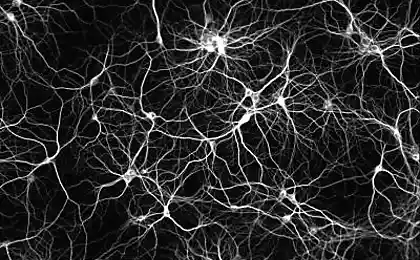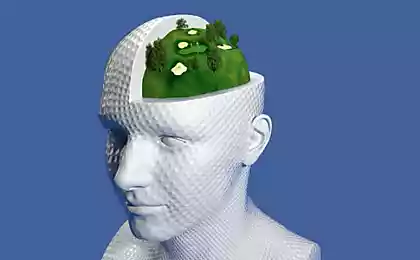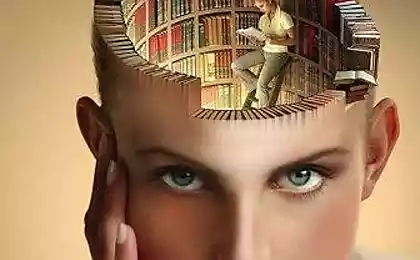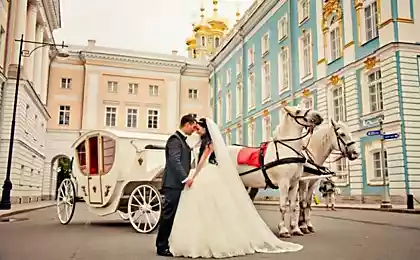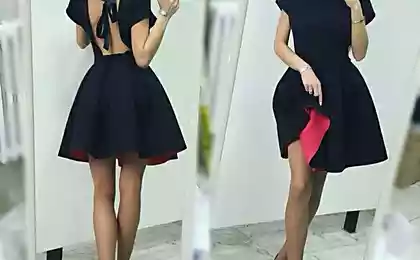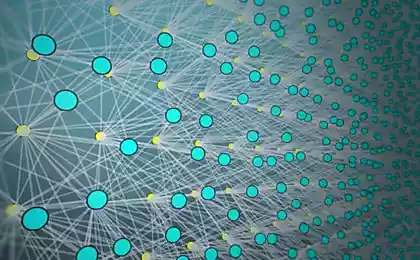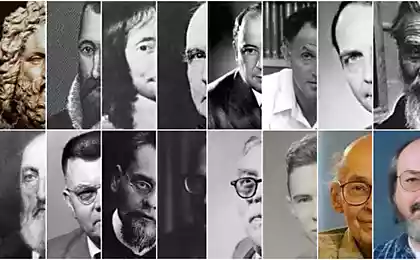455
The thought makes neurons work together
Coordination of the electrical rhythms of the brain helps to understand the common signs for different objects.
At the level of neurons the learning process associated with the formation of new interneuronal contacts – synapses. Thanks to built synapses of the nervous chain, in which neurons communicate with pulses. Mezhneironne contacts are constantly formed and disappear, and it is believed that the diversity of higher nervous activity caused by such synaptic plasticity of the brain. But in reality our thoughts can change instantly, in my mind we jump from one to another, and the formation of intercellular contacts is a somewhat lengthy process, and at the speed of thought he can not keep up.
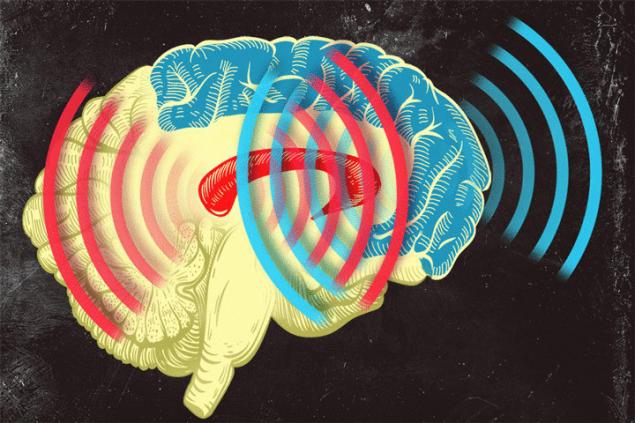
There is therefore a reasonable assumption that the brain has another mechanism to process information, but not associated with alterations in synaptic architecture. This mechanism is described on pages Neuron, researchers from Massachusetts Institute of technology. Earl Miller (Earl Miller) and his colleagues has long been studying the processes of higher nervous activity from the point of view of neurophysiology. Recently, they were able to describe the pattern of activation of neurons in different brain regions during the formation of categorical concepts. When the brain needs to summarize some information, we first included the striped neurons, and striatum, followed in the case involving the neurons of the prefrontal cortex. It is believed that the striatum, which relates to subcortical structures, performs only a small part of the analytical work that it is, roughly speaking, considers only part of the puzzle. But the signal from it goes to more advanced cortex, which is responsible for more global things – here, the pieces are embedded in the overall picture puzzle.
But the question remains, how exactly work the neurons of the striped body and the prefrontal cortex? Is there among them some kind of message, or they work independently from each other? To find out, the researchers set up an experiment in which chimpanzees showed different patterns of dots, and the monkey had to determine which of two species is one or the other pattern. In other words, chimpanzees had to distribute the images by categories.
First, chimpanzees were just supposed to remember the characteristics of categories, the monkeys were shown a series of pictures of samples of the same or other species. But over time, the nature of the experience has varied: on the one hand, images were repeated, on the other hand, there were new images. They are becoming more, so just remember what relates to what, was impossible, it was necessary to evaluate specific features and to compare them with the characteristics of the categories. In the end, the number of new, previously unknown pictures has reached 256, and a chimpanzee could distribute them properly according to the types. At the same time the researchers recorded the electrical rhythms of the monkey brain using electroencephalography.
It turned out that the moment when a chimpanzee went from mechanical memorization to analysis of categorical features, the brain was a characteristic shift of the activity: beta-rhythms generated by the striped body and the prefrontal cortex are synchronized with each other. According to the authors of the study, between the two areas of the brain have formed an information chain through which the neurons began to work in concert to analyze a stream of images. Then, when chimpanzees were aware of the existence of two categories of images, between the striped body and the cortex was formed by two information chain – that is, areas of the brain differently synchronized for each of the categories.
The researchers emphasize that the information loop is formed before arise cellular anatomical changes in brain structure. Obviously, everything happens as follows: first, the brain processes, considering some information (and at this point is a synchronization of rhythms), and then the results of the deliberation are recorded in the memory with the help of new synapses. It is clear that the initial sync also includes some "wires" between different brain regions, however, such "wires" play a purely technical role. Only then there is the synapses, and neural chains are created specifically for the storage of the "fruits of meditation".
Generally speaking, neuroscientists do not first see rhythmic synchronization in the brain when performing certain cognitive tasks – previously it had already been observed between the visual cortex and analytical regions of the cortex. Now, however, it was able to see not just some vague thoughts, but specific categorization process. This exchange of information between the bark and striped body may continue: category can be updated with new data for constant refinements neurons will again and again to sync, and then updated information will settle in long-term memory through synaptic plasticity. In the future, the authors intend to investigate how the brain learns more abstract concepts, it is inherent to human thinking.
Source: nkj.ru
Scientists explained the cause of unpleasant breathing after eating garlic
5 criteria for determining genius

